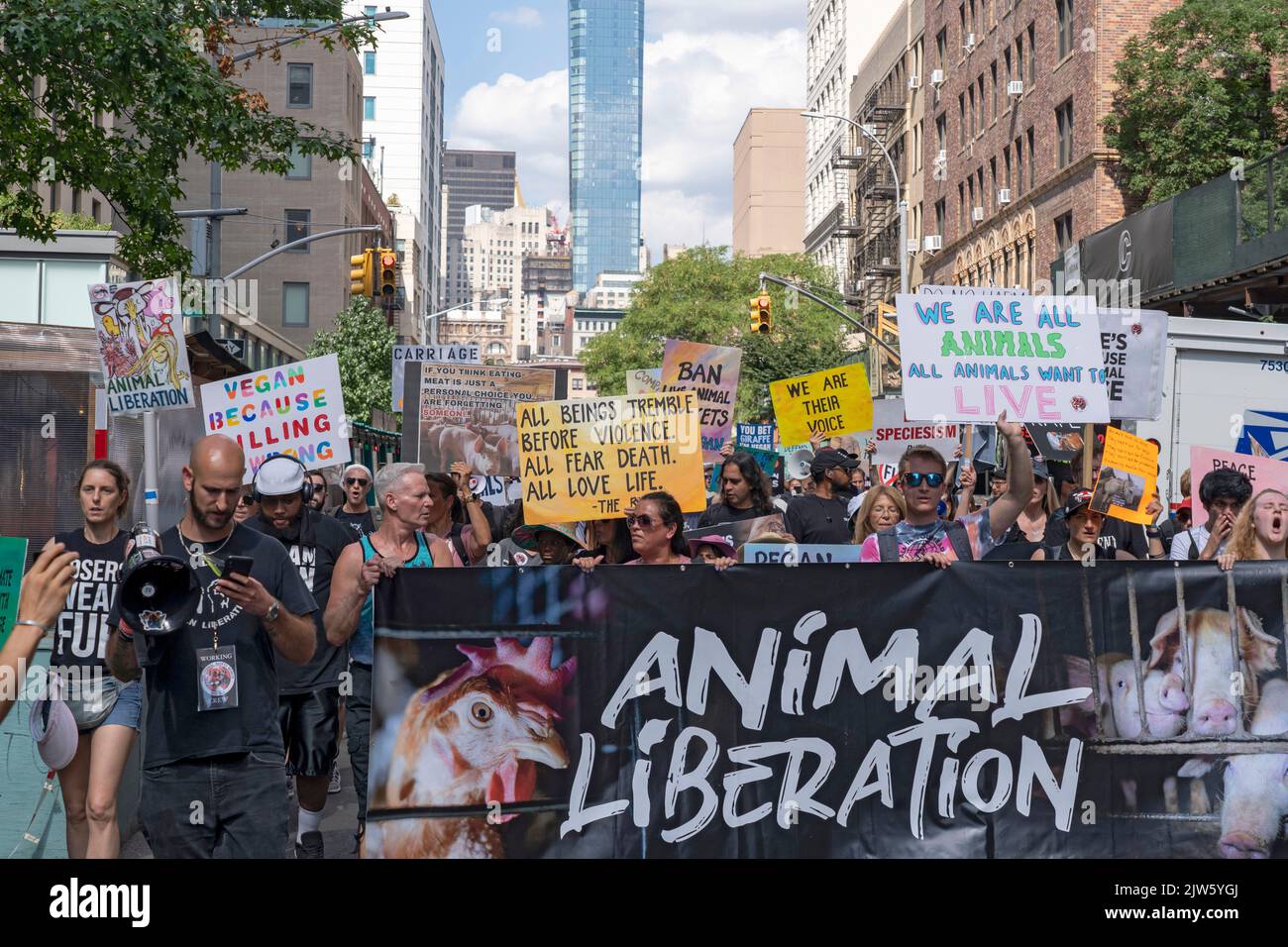Animal cruelty remains a poignant and pressing issue in many parts of the United States, including New York. The state’s legislation pertaining to animal rights and the penalties for cruelty is a crucial aspect that all citizens should be aware of. Understanding the legal framework can aid in the protection of animals and the enhancement of public awareness about their welfare.
New York has taken a significant stance against animal cruelty through a series of laws that define the act and establish penalties. The New York State Agriculture and Markets Law serves as the primary legal foundation governing the treatment of animals. Sections 353 through 359 of this law specifically detail what constitutes cruel treatment and the corresponding penalties. It is critical to note that under New York law, animal cruelty is not merely a misdemeanor, but can be classified as a felony depending on the severity of the act.
To comprehend whether animal cruelty is a felony in New York, one must first delineate the various forms of animal cruelty recognized by law. The spectrum of cruelty can range from neglect—failing to provide adequate food, water, shelter, or veterinary care—to more overtly abusive actions like physical harm or torture. The law categorizes these acts into two primary groups: aggravated cruelty and other forms of cruelty.
Aggravated cruelty is defined as intentionally causing extreme physical pain or suffering to an animal, or engaging in conduct that is deemed exceptionally heinous. For instance, cruel treatment that leads to the death of an animal or severe injury can lead to felony charges. Under New York Penal Law, aggravated cruelty is considered a Class E felony, which carries a penalty of imprisonment for up to four years or significant fines. These measures underscore the gravity with which New York views heinous acts of violence against animals.
Other forms of animal cruelty, while serious, may fall under misdemeanor charges. These actions can include failure to provide adequate care or humane living conditions for pets. For example, abandonment of an animal can lead to a misdemeanor charge, typically punishable by fines and possible short-term imprisonment. While not classified as felonies, such misdemeanors still reflect a failure to uphold the responsibility that comes with pet ownership.
The breadth of New York’s animal cruelty laws extends beyond mere definitions. Organizations and local law enforcement agencies also play an integral role in enforcing these regulations. The state has established the role of the Humane Law Enforcement Officer, who is tasked with investigating reports of animal cruelty and ensuring that violations are prosecuted. This ensures that animal welfare advocates have a means to report and address cases of cruelty.
Moreover, public engagement in these issues is paramount. Advocacy groups and organizations such as the ASPCA and local shelters conduct campaigns to raise awareness about animal rights and the legal repercussions of cruelty. They often host events—such as marches and rallies—that unite individuals passionate about protecting animal rights and reforming laws to enhance penalties for offenders. These grassroots movements are essential in fostering a culture of compassion towards animals and promoting strict adherence to existing regulations.
However, challenges persist in the enforcement of animal cruelty laws. The subjective nature of determining cruelty can lead to inconsistencies in prosecution. What one person views as neglect, another might see as a cultural norm. This disparity calls for ongoing dialogue, education, and reform to ensure that animal welfare standards are universally respected and enforced. Community involvement is crucial, as it can encourage observers of cruelty to speak up and report incidents to authorities.
In addition to legal ramifications, the societal implications of animal cruelty extend into the realm of mental health and community safety. Research indicates a troubling correlation between individuals who commit acts of violence against animals and those who may later engage in violence against humans. By addressing animal cruelty, communities can work toward breaking cycles of violence and fostering empathy and compassion, ultimately enhancing public safety.
For individuals in New York, being informed about the laws surrounding animal cruelty is imperative. Awareness of one’s rights and responsibilities as a pet owner can help prevent incidents of neglect or abuse. Additionally, understanding the penalties associated with animal cruelty can deter potential offenders, reinforcing the idea that such actions will not go unpunished.
In summary, animal cruelty is taken seriously in New York, categorized as both misdemeanors and felonies based on the severity of the act. Legal definitions, penalties, and enforcement practices are crucial in the fight against animal abuse. Through continued education and community engagement, New Yorkers can contribute to a culture that not only respects but actively protects the rights of animals. It is the shared responsibility of society to advocate for those who cannot speak for themselves, ensuring a compassionate and humane environment for all living beings.








